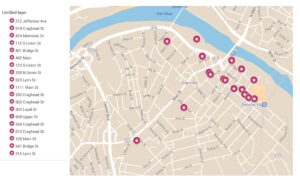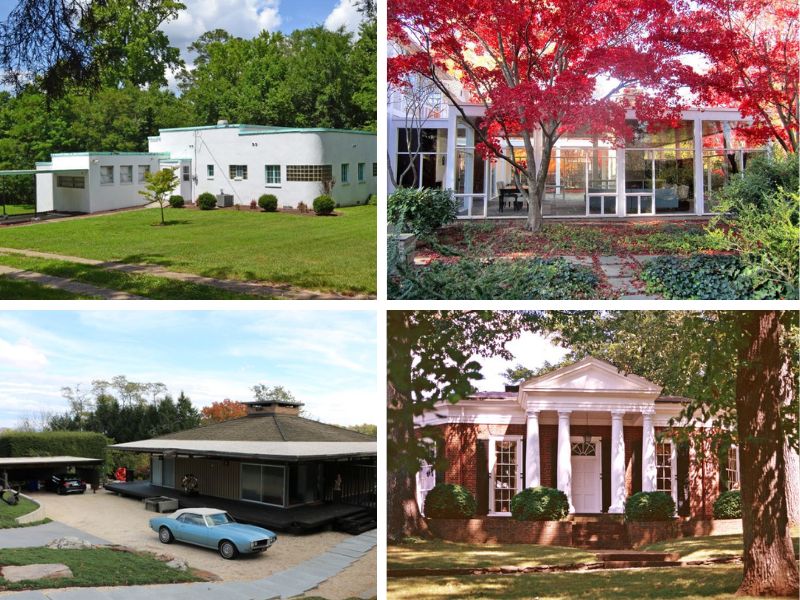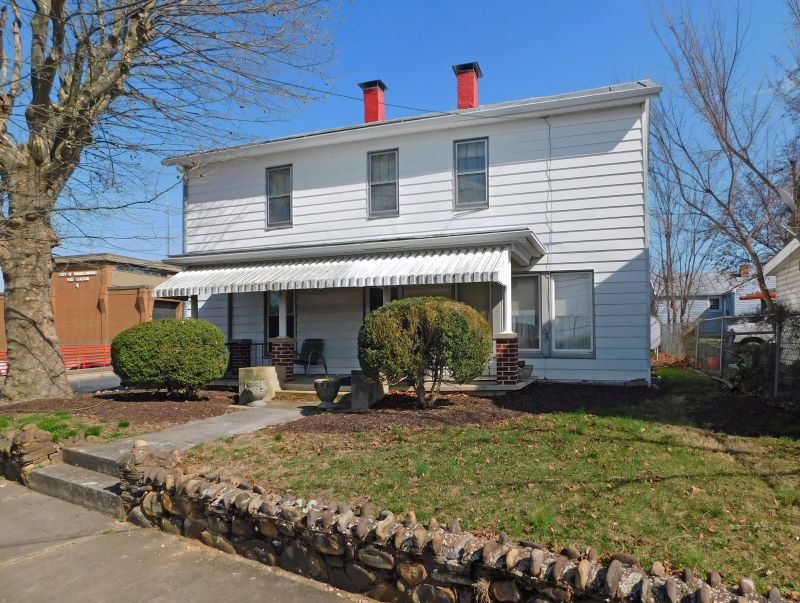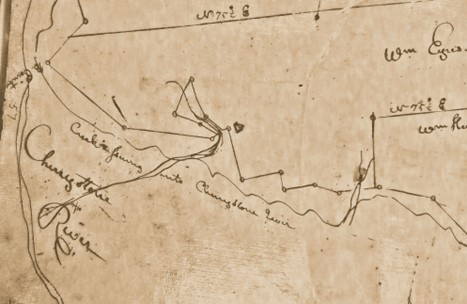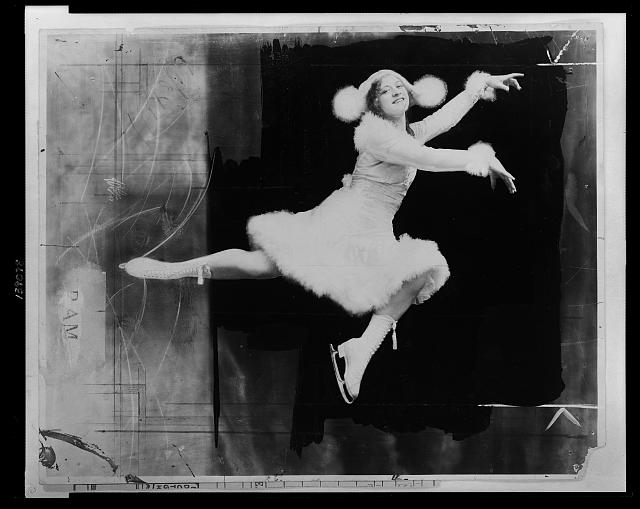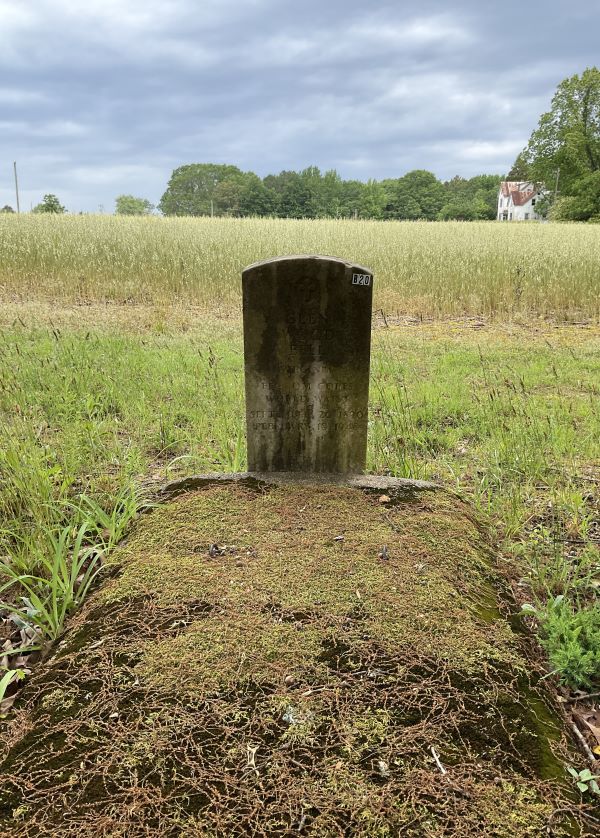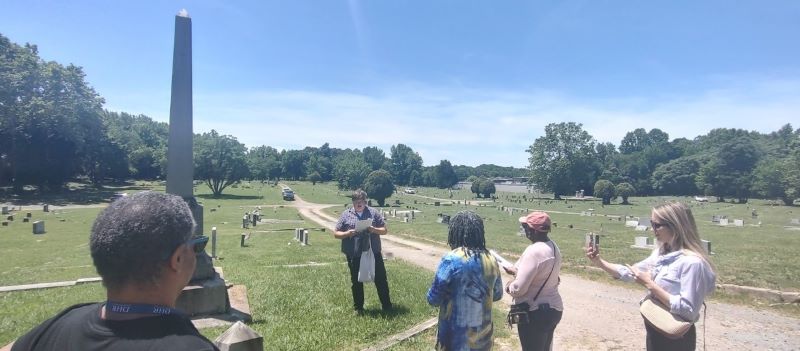How Historic Rehabilitation Tax Credits Contributed to the Revitalization of Downtown Danville
The author offers an example of how one Southern Virginia city made historic rehabilitation tax credits a part of its downtown revitalization plan.
By Jessica Ugarte
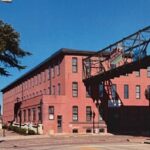
DHR’s Historic Rehabilitation Tax Credit (HRTC) Program began at the federal level in 1979. At that time, the credit could only be applied toward 10 percent of the eligible renovation costs for buildings older than 20 years old. Since then, the federal HRTC Program has increased the tax credit on eligible rehabilitation costs to 20 percent for work completed on buildings listed in the National Register of Historic Places.
In Virginia, starting in 1997, owners of older and historic buildings have been able to add a 25-percent credit against their state tax liability. Unique to the Virginia HRTC Program, the credits may be syndicated through the use of limited partnerships, such as a limited liability company (LLC). Syndication is a tool for bringing investors into a rehabilitation who aren’t necessarily listed as owners of the property. The Virginia HRTC Program allows for allocation of the tax credits based on an agreement among the partners, unlike in the federal program, where credits may only be allocated based on percentage of ownership of the property. This combination of state and federal credits—and Virginia’s flexibility regarding the allocation of credits among partners—means that the HRTC Program has, and will, continue to play a vital part in revitalizing and rehabilitating the Commonwealth’s historic downtowns and communities.
One city in Virginia that has demonstrated how the state HRTC program can be used to build up districts previously considered desolate is Danville. The revitalization of the Southside city of Danville exemplifies a successful partnership between a local government and private entities to strengthen and rejuvenate a historic downtown. Since the 1980s, 54 HRTC Program projects have been completed in the city of Danville. These projects represent an influx of nearly $192 million of investment that went toward the re-use and repair of the buildings and structures, which are a part of what makes Danville unique, within the historic downtown.
Just in the past ten years, 20 projects in Danville have been certified for both state and federal historic tax credits. Eighteen of those are within 0.5 miles of downtown Danville. In fact, all four of the properties highlighted as “catalyst projects” in the city’s 2011 River District Redevelopment Plan Final Report, which identified and evaluated architectural resources for the massive revitalization, were successful participants of the HRTC Program. After its completion in 2021, a skybridge located at the former R.J. Reynolds Tobacco Company building (one of the four “catalyst project” buildings) on 401 Bridge Street now greets visitors and residents alike with a distinctive sign, welcoming them to the now vibrant and historic “Danville River District.” In 2023, Danville won the Great American Main Street Award from Main Street America, a subsidiary program of the National Trust for Historic Preservation that helps cities across the nation bring economic vitality back downtown with a nod to their historic character.
